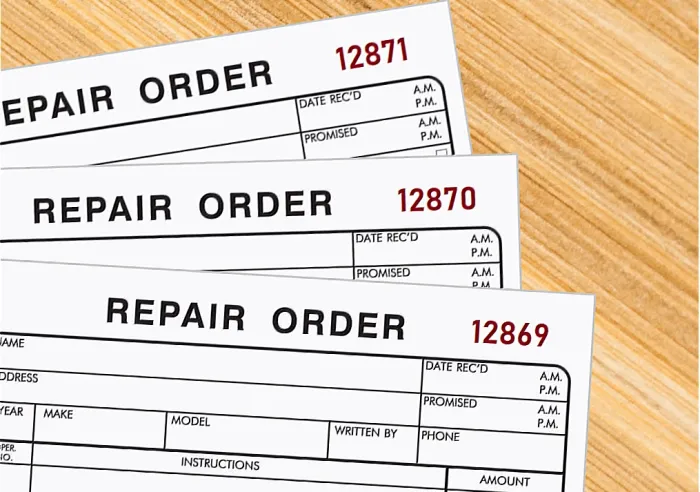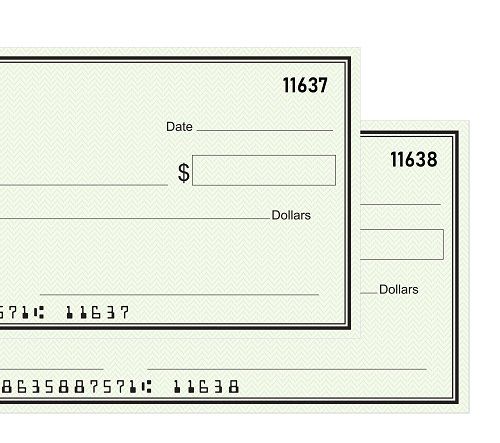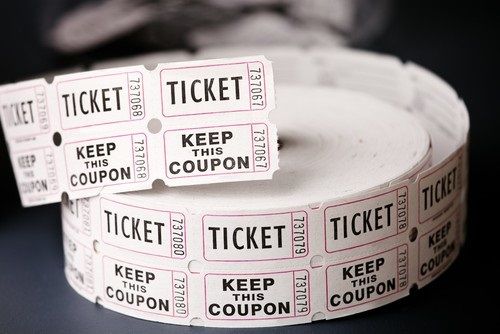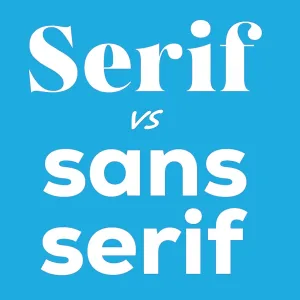Printing Terminology: What is Sequential Numbering?

estimated reading time: 2 minutes
Sequential Numbering adds a Unique Identifier to Printed Documents
In the printing industry, Sequential Numbering refers to a finishing
technique that prints numbers, in consecutive order, onto a batch of printed
pieces. Because every printed piece within the batch receives a different number,
each piece in the batch can be uniquely identified.
Sequential numbering can start at any chosen number. Also, the
numbers can be printed in ascending or descending order, but 99% of the time
the numbers are printed in ascending order.
Depending on the project, sequential numbers can be printed
once on each piece, or in several locations on the piece. Either way, the
numbers are printed in a prominent place so they are clearly visible on the document. To further ensure
the sequential numbers can be seen easily, they are often printed in red ink.

What are the Benefits of Sequential Numbering?
There are several reasons why sequential numbers are added to certain print projects. One reason is that the use of sequential numbering provides each individual piece with its own reference number. Knowing the range of numbers printed on the pieces allows every piece to be accounted for and verified.
This is particularly important for checks, invoices, purchase orders, sales contracts,
estimates, warranty certificates, repair tickets, receipts, inventory tags, delivery
tickets, and other vital business forms and documents. The use of
sequential numbering actually provides a built-in mechanism to help prevent
counterfeiting and unauthorized use.
In addition to providing a logical system for accurate
tracking and record-keeping, printing the numbers in a consecutive sequence also
ensures there is no replication. This is a critical feature for many
applications, such as labels containing product serial numbers, admission tickets to an event, or entries for a drawing or raffle.
In all of these instances, having a unique identifier is essential for preventing duplication
and avoiding disputes.
The sequential arrangement of the printed numbers also helps organize a company's paper flow. The prominently placed numbers provide
quick identification and accessibility, saving time and effort while categorizing, filing, or retrieving printed documents.

Looking for help with a Printing Project?
Be sure get in touch with Color Vision Printing if you
are looking for high-quality printing at affordable rates.
Also, if you are interested in adding Sequential Numbering or another finishing technique to
your next project, Color Vision offers all the options you need
to improve the appearance and functionality of your printed pieces.
Just give us a call at 800-543-6299 to discuss
your project. Or, use our simple Quote Request form to send us your
specifications and we email a quote to you.
As always, we look forward to assisting with your printing
and finishing needs!
Related Articles

Printing for the Trade: How Trade Printers Support Resellers
Read This Article

Serif vs Sans Serif Fonts: Which to use for a Print Project?
Read This Article

7 Interesting Facts you might not know about Offset Printing
Read This Article

Print Marketing: Exploring the Allure of a Soft Touch Finish
Read This Article